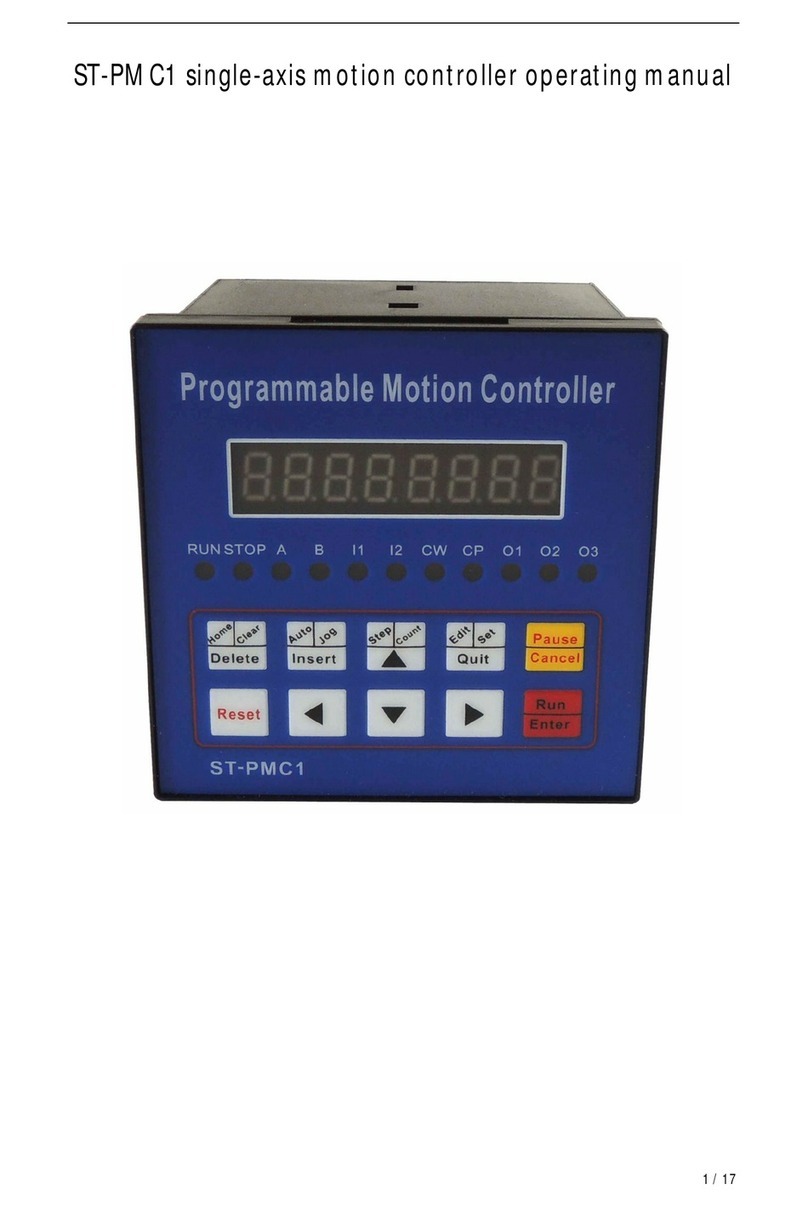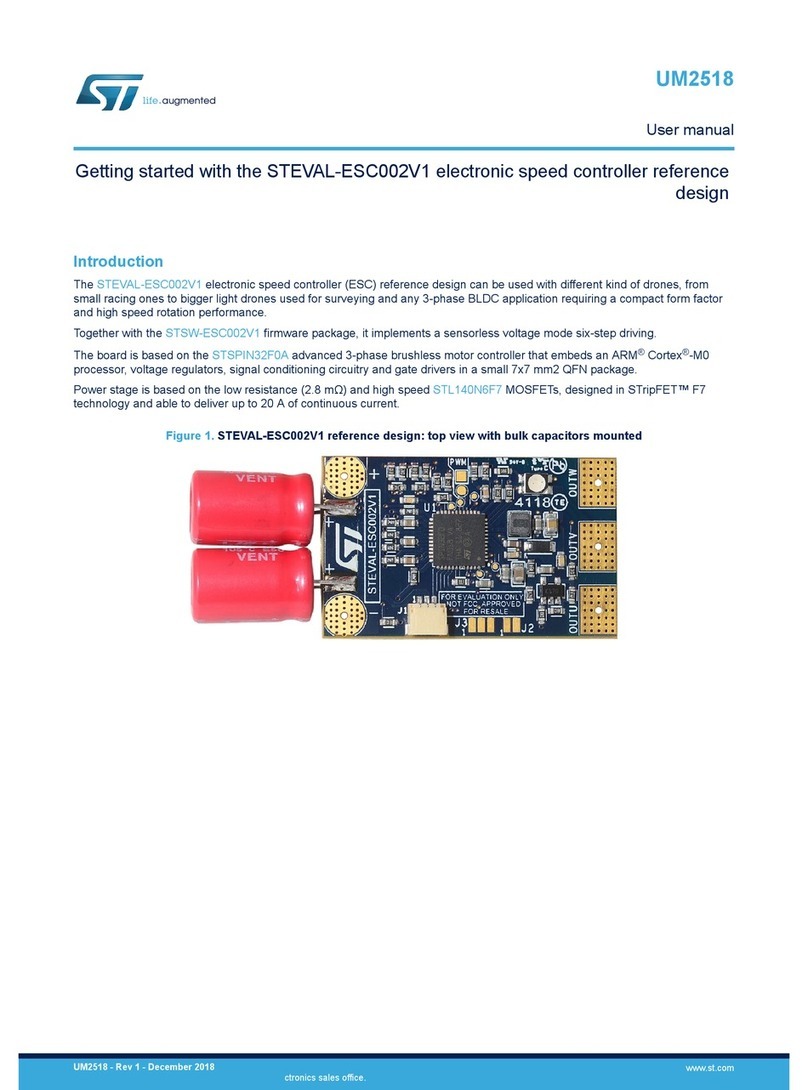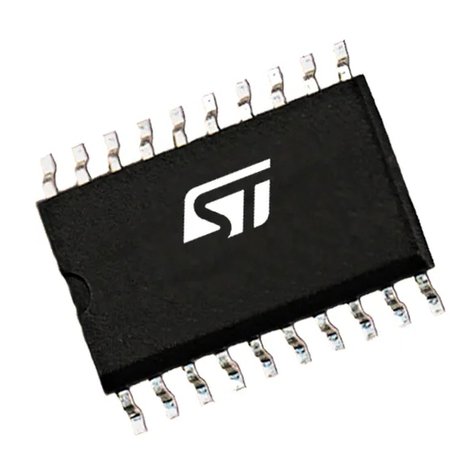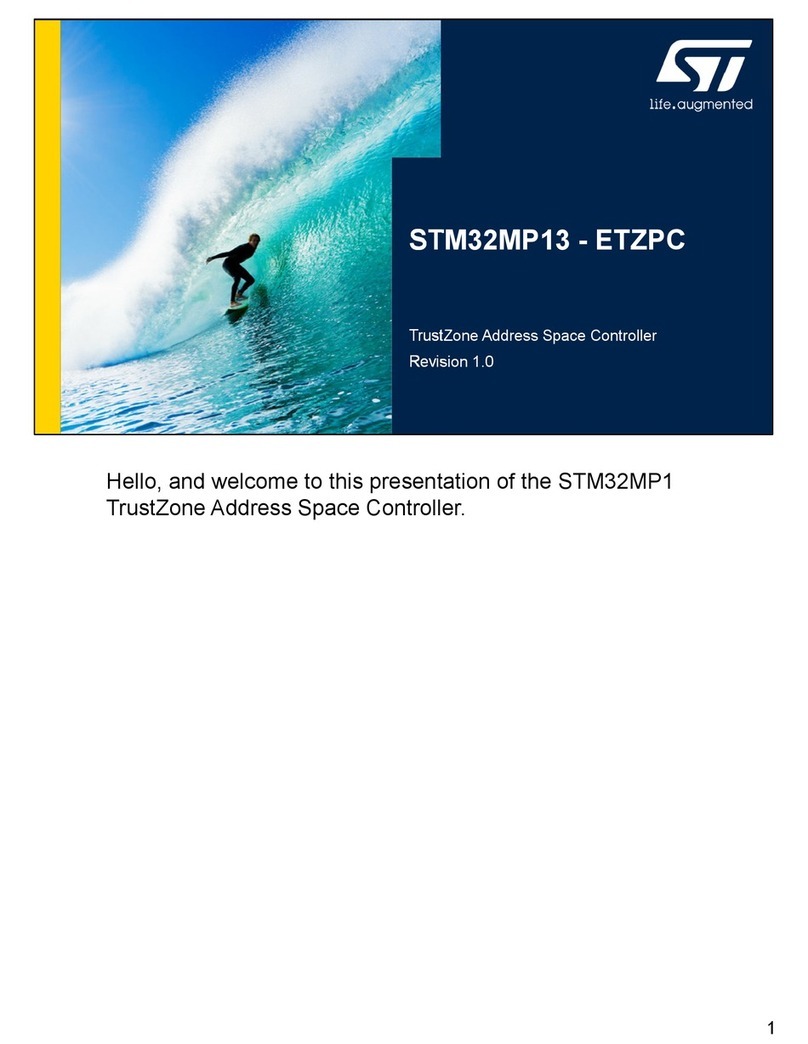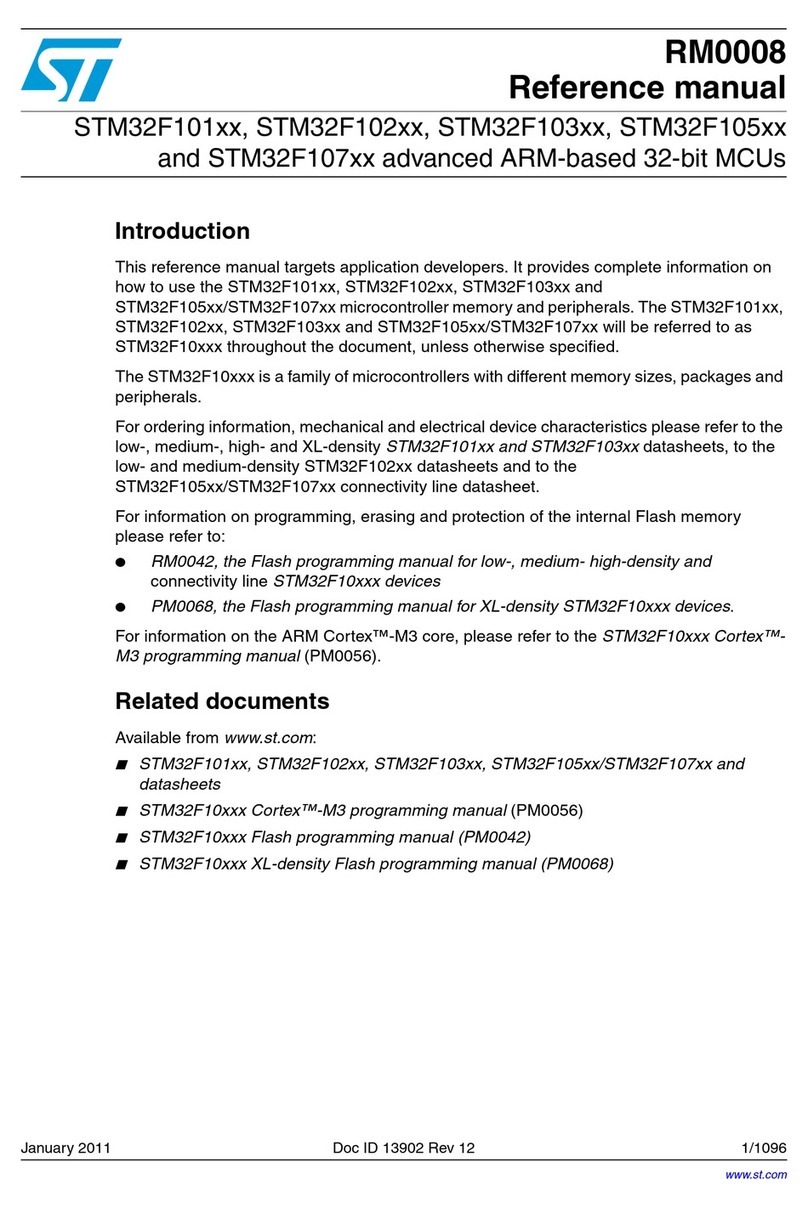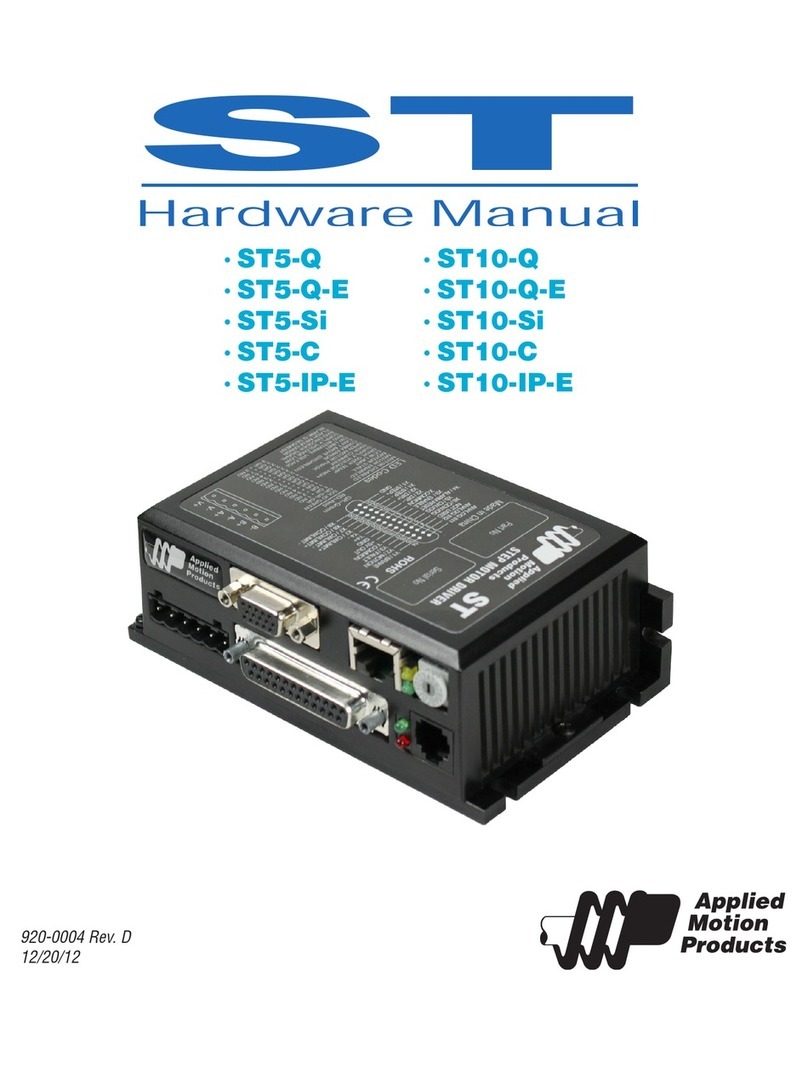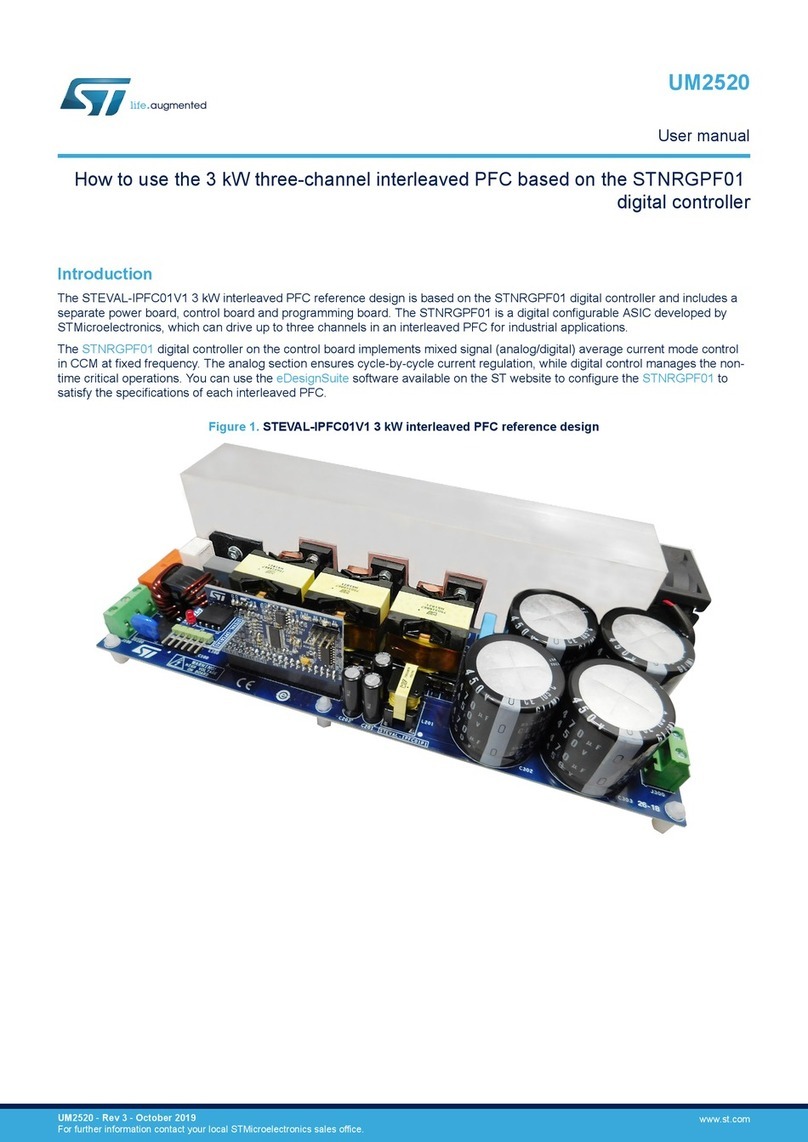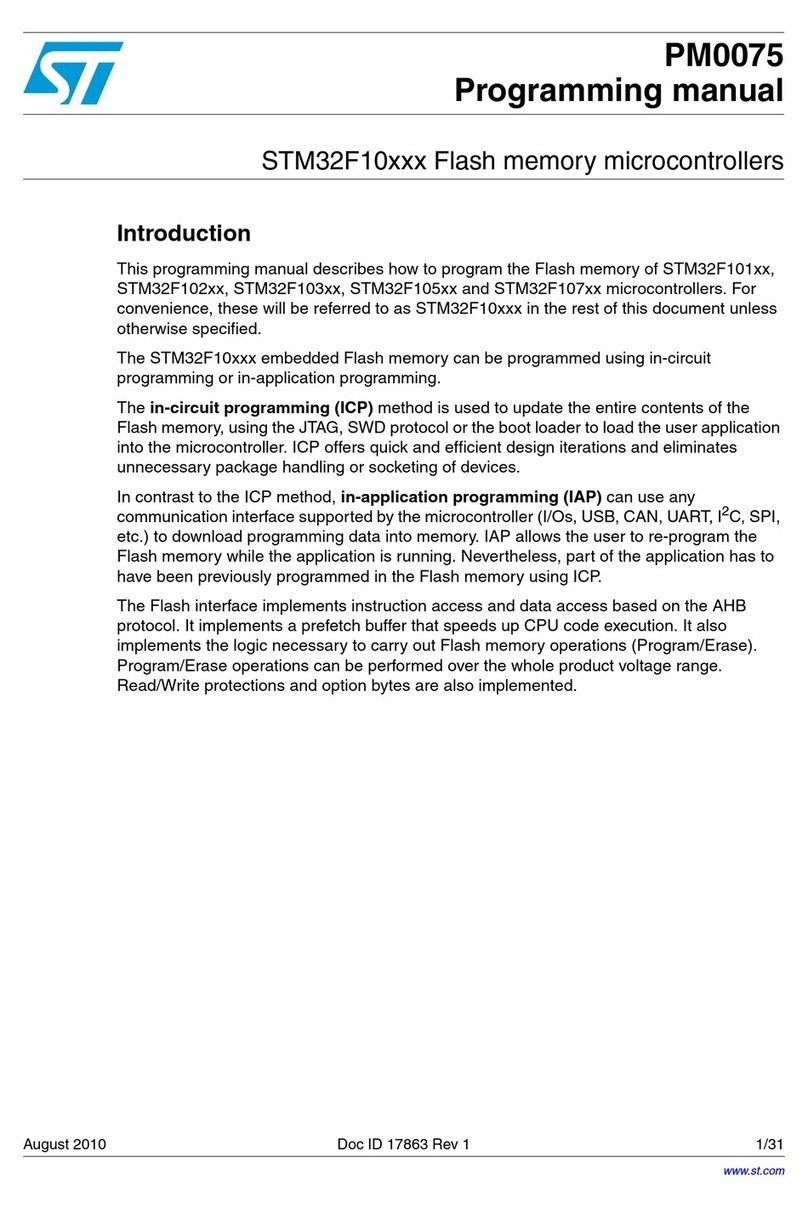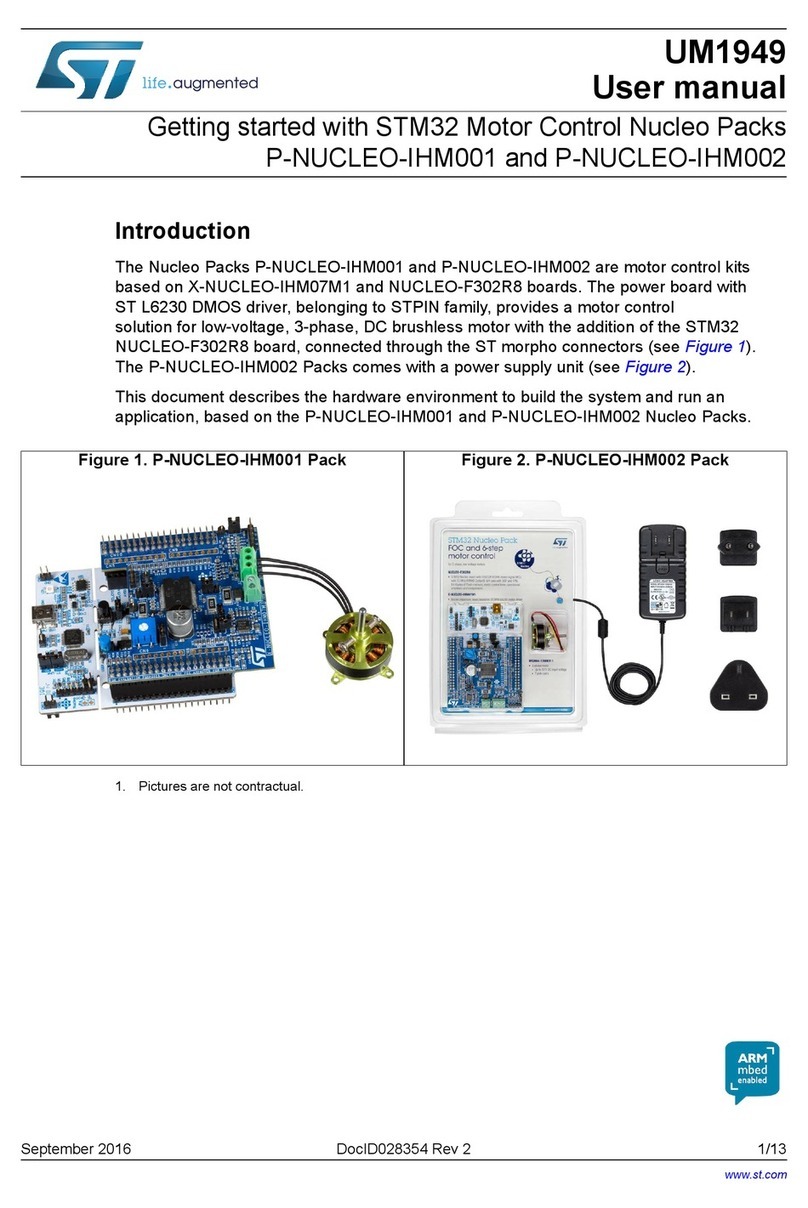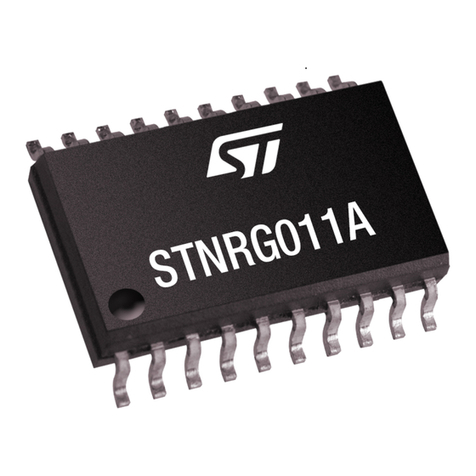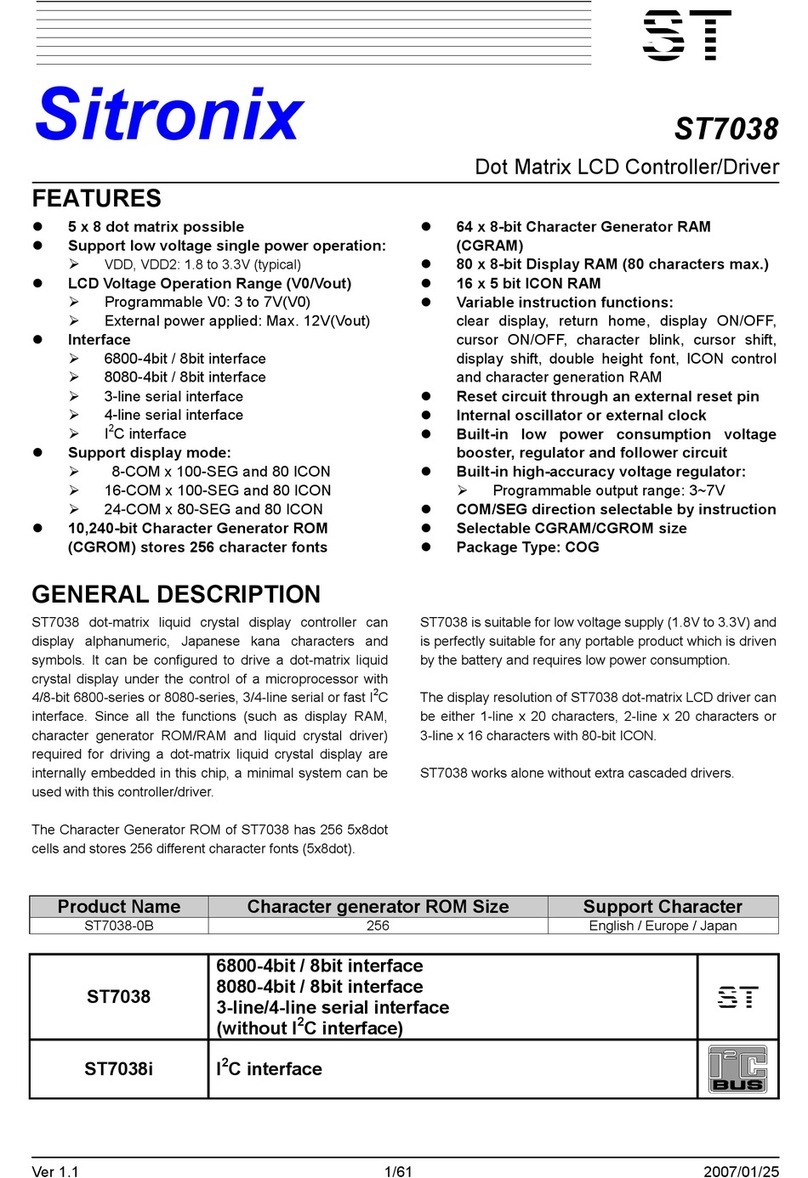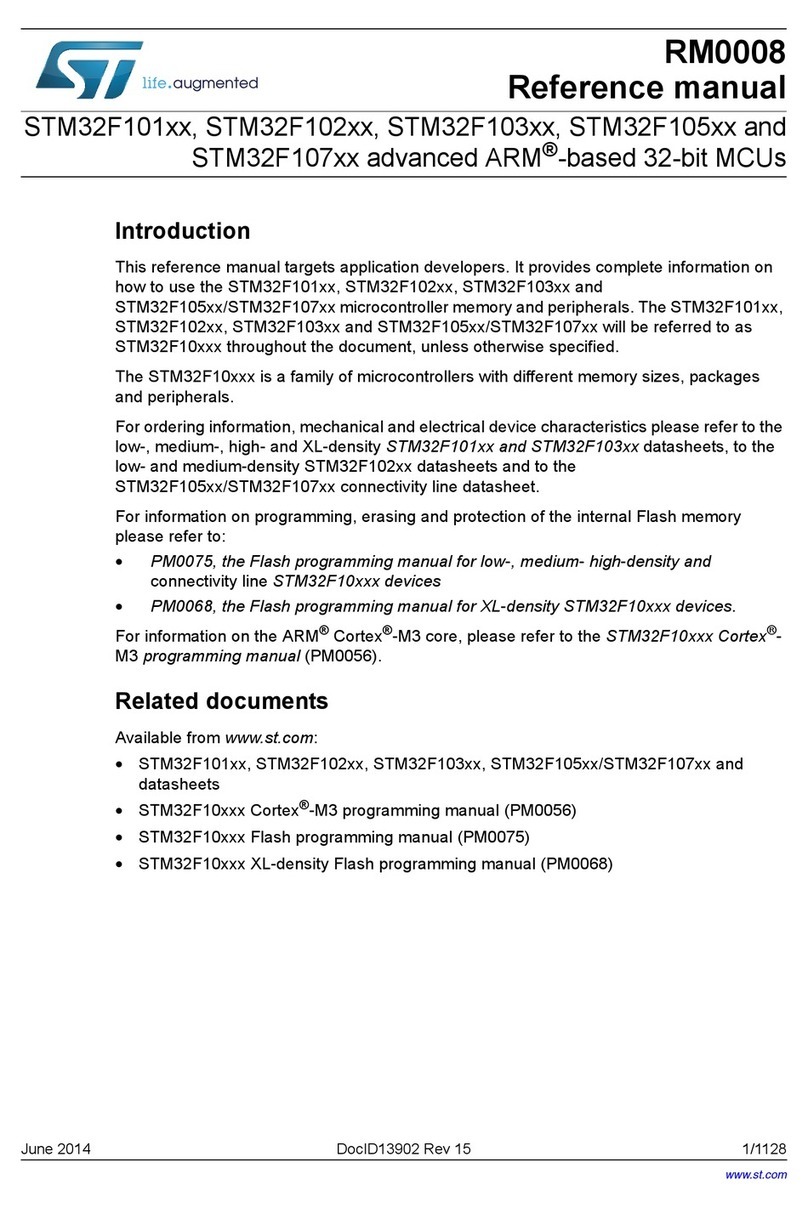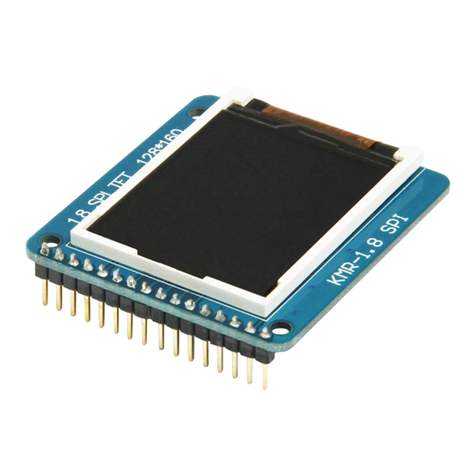
1 Safety and operating instructions
1.1 General terms
During assembly, testing, and operation, the evaluation board poses several inherent hazards, including bare
wires, moving or rotating parts and hot surfaces.
Danger: There is danger of serious personal injury or death due to electrical shock, property damage
and burn hazards if the kit or components are improperly used or installed incorrectly
The kit is not electrically isolated from the high-voltage supply DC input. The evaluation board is directly linked to
the mains voltage. No insulation is ensured between the accessible parts and the high voltage. All measuring
equipment must be isolated from the mains before powering the board. When using an oscilloscope with the
demo, it must be isolated from the DC line. This prevents the occurrence of shock when touching any single point
in the circuit but does not prevent shock when touching two or more points in the circuit. All operations involving
transportation, installation, use, and maintenance must be performed by skilled technical personnel able to
understand and implement national accident prevention regulations. For the purposes of these basic safety
instructions, “skilled technical personnel” are suitably qualified people who are familiar with the installation, use,
and maintenance of power electronic systems.
1.2 Intended use of evaluation board
The board is designed for evaluation purposes only and must not be used for electrical installations or machinery.
Technical data and information concerning the power supply conditions are detailed in the documentation and
should be strictly observed.
1.3 Installing the evaluation board
• The installation and cooling of the evaluation board must be in accordance with the specifications and
target application.
• The motor drive converters must be protected against excessive strain. Components should not be bent, or
isolating distances altered during transportation or handling.
• No contact must be made with other electronic components and contacts.
• The board contains electrostatically sensitive components that are prone to damage if used incorrectly. Do
not mechanically damage or destroy the electrical components (potential health risks).
1.4 Operating the evaluation board
To operate properly the board, follow these safety rules.
1. Work area safety:
– The work area must be clean and tidy.
– Do not work alone when boards are energized.
– Protect against inadvertent access to the area where the board is energized using suitable barriers
and signs.
– A system architecture that supplies power to the evaluation board must be equipped with additional
control and protective devices in accordance with the applicable safety requirements (that is,
compliance with technical equipment and accident prevention rules).
– Use a non-conductive and stable work surface.
– Use adequately insulated clamps and wires to attach measurement probes and instruments.
UM3168
Safety and operating instructions
UM3168 - Rev 1 page 2/26






